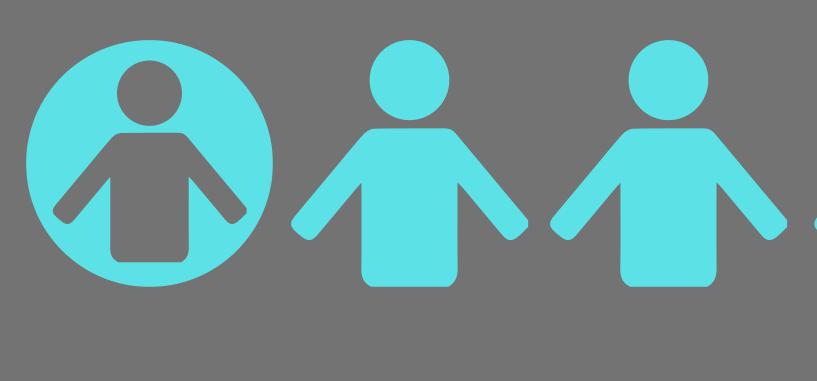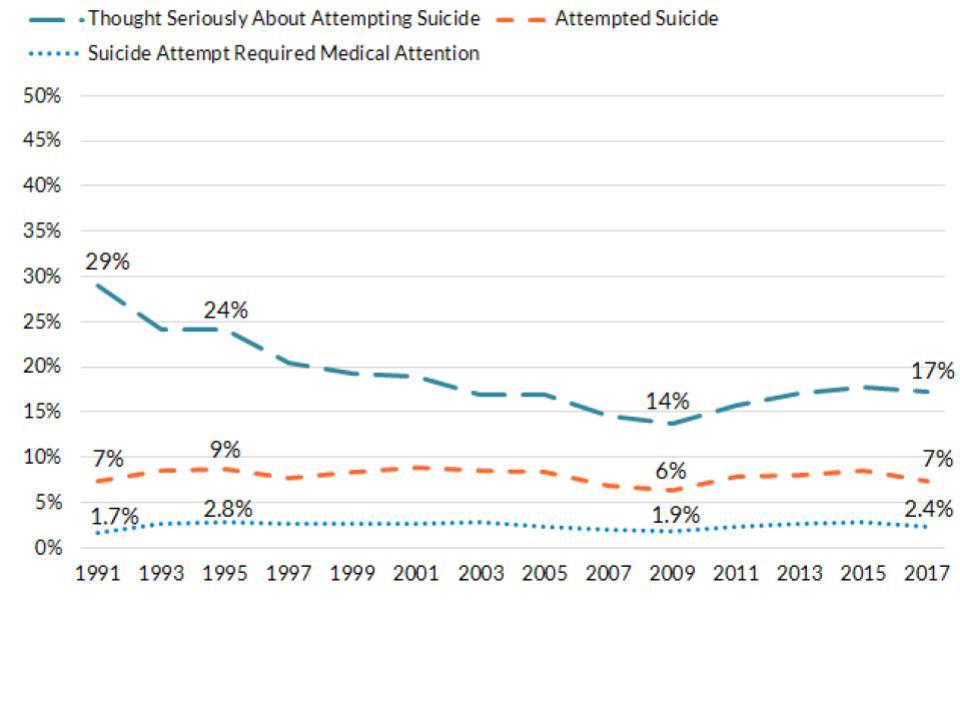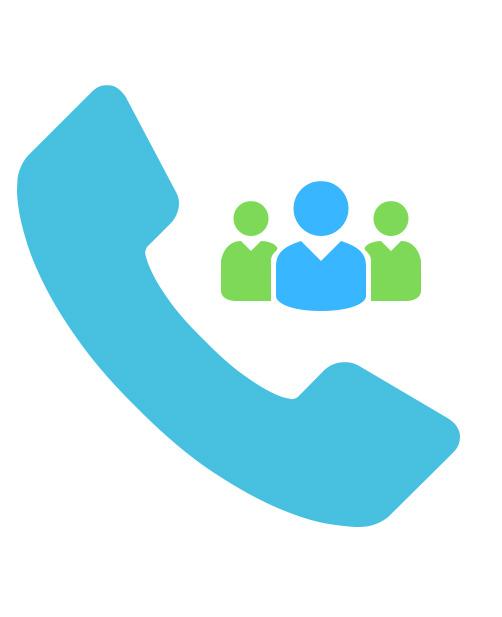
8 minute read
An Open Letter to the School Board
An Open Letter to the School Board Author’s Disclaimer: One of the students interviewed has requested anonymity, due to her personal history with depression and suicide. She will be referred to as “Alex”. Mental health is currently a major issue in high schools around the country. Brookfield East has taken steps in improving mental health among students with StopIt and Hope Squad. These programs have led to controversy between administration who claim the programs are effective and bring awareness to mental health and some students who argue the measures taken aren’t successful. • Writer: Amanjot Kaur • Designer: Audrey Hameister • Photographer: Erica Chen
Brookfield East is, in many ways, an average suburban high school. Its current issues are the same as those riddling schools across the nation. With more students growing tense and depressed, and the clear divisions between different groups within the school, East is not immune to the cons of American high schooling.
Advertisement
The school board is trying to solve this with their programs to address mental health. This new mental health agenda has led to controversy over its effectiveness and whether or not it correctly addresses mental illness.
Fighting for mental health is not as simple as one procedure. Knowing this, Brookfield East has created several programs to help those with mental illnesses. For example, the school has a psychologist, social worker, four guidance counselors, and an administration trained to help students with mental illness.
East has made several steps towards mental health support. Some methods include partnerships with local mental health groups such as NAMI, Prevent Suicide Wisconsin, and the Community Conversations program to meet up with local families, faith leaders, and medical providers.
Other methods include apps used to promote student transparency and safety, such as StopIt, which helps students anonymously report issues and reports can even be spread to law enforcement if necessary.
Since it began being used at East in 2018, StopIt has gained around 108 reports on mental health and school violence. Now, East has joined schools from around the country in implementing Hope Squad, which assigns certain students as “beacons of light” for those struggling with mental illness.
Associate Principal Fellmeth and School Psychologist Aimee tSchneidewent further elaborate on the scope of the mental health outreach efforts.
Schneidewent said “the main reason why we chose Hope Squad is because it’s a peer program…it’s a bridge to trusted adults because some of those students aren’t getting
to the adults.”
Both Schneidewent and Fellmeth agreed that it can be incredibly difficult for students to comfortably reach out about serious matters regarding their mental health, and this is why they believe the school’s agenda is progressive and effective.
However, some students with mental illnesses disagree and question the actual success of the district. For example, Alex has dealt with depression and a history of suicide attempts. When asked about how the school has helped her cope with her depression, she said, “If I have a problem, I could sometimes go to teachers.
Alex claims that she has seen students get away with treating kids with serious mental health issues rudely, and teachers turning a blind eye. “I feel like they don’t care, or they take it out of proportion, which doesn’t help… it escalates it,” said Alex.
She believes it should be the administration who is reaching out to students. Alex said, “these kids are in their hands the majority of the time… and it’s scary how [mental illness] can lead to so
much rage and hate to the point that [students] are going to kill. Sometimes I feel that teachers don’t do their best.”
In addition, she didn’t even know East had a psychologist and social worker until after her attempts. That venue for help wasn’t made aware to her. Alex also emphasized that she appreciates the school’s attention towards mental health, and never felt attacked or belittled by Brookfield East, but rather disappointed.
“The groups that are supposed to be helping with mental health don’t take action,’’ said Alex.
The students on the Hope Squad see it completely different. From their insider perspective, most students on the Squad have become deeply involved in the mental health community in the Brookfield area, and believe that the new mental health agenda at East is making major strides.
“Not only do [we] provide resources, so we know people to ask in the school administration, but it also teaches us coping skills… because we also have to deal with a lot of dark things,” said Hope Squad member, Claire Peplinski (10).
One of the difficulties of being a student body of communication for mental illness is the dark and difficult nature of the subject. Many students that do reach out have gone through traumatic experiences, and this can be emotionally exhausting for the members.
For this reason, the Hope Squad is taught how to personally cope with these experiences to prevent personal involvement and enhance their ability as an avenue to reach out. The Hope Squad uses QPR training, otherwise known as Question-Persuade-Refer, and this teaches them the exact strategies for how to direct struggling students towards help.
With this training, students are also taught how to set boundaries. For example, Hope Squad members aren’t supposed to talk about their personal experiences while someone is asking for help. This training is also offered to all members of the district at a once-a-month meeting, and Schneidewent claims that the district has a goal of QPR training at least one member per household. However, even attempts like the Hope Squad have some flaws. Some students who deal with mental health struggles point to the Squad’s lack of diversity and informal selection process as one of the reasons why students are so conflicted on its effectiveness.
For example, the whole student body picks Hope Squad members, despite a statistical average of only 1 in 6 of students having mental illnesses, according to National Alliance on Mental Illness (NAMI). Secondly, there are only two people of color on the Hope Squad, and there seems to be a lack of diversity representing the groups who need Hope Squad the most.

In reality, there isn’t any other quantitative measurement Elmbrook has for measuring the effectiveness of their programs. This limits the ability to actually determine success of programs to purely subjective measures.
Other students point to these flaws being at the fault of the administration, claiming the resources that Hope Squad directs students to aren’t helpful. Students aren’t chosen based on prior experience, knowledge, or awareness on mental illness, and it’s not meant to be their job to provide the specific help.
1 out of 6 students have mental illness, National Alliance on Mental Illness, 2020

Another issue is that Hope Squad forces schools to leave the selection process up to peer votes. The school claims peer selection has proven through statistics to be the most effective mental health outreach method.

“There’s data to show that there were a couple of schools that did not follow the regulations of being student-nominated and it did not go well… they’re not as successful,” said Schneidewent.
At the same time, mental health is a difficult genre to measure. There’s no definite standard of measurement. “I don’t know if there’s a measure we could quantify [the effectiveness of the program], ” said Fellmeth. Claire Peplinski (10), a member of the HOPE Squad poses for a picture.
Certain tasks can be more to bite than what Hope Squad can really chew. In moments like this, the difficulty of working with the Staff and Administration can be a hindrance, regardless of who is selected.
Students also believe that Hope Squad markets itself in a way that can be discomforting to students. Alex agreed with this sentiment. When asked about programs for helping those with mental illness, she claimed she had never reached out to StopIt or Hope Squad, because she isn’t aware of who’s on it, if they can really be trusted, and doesn’t feel like the Squad has painted itself as effective or trustworthy.
Peplinski believes that Hope Squad is better than what it’s coming across as. She saw Hope Squad differently.
“I wish Hope Squad wasn’t called ‘the eyes and ears of the school’, because it makes [us] sound creepy,” said Pepilisnki.
Despite these disagreements, it has become clear that mental health awareness is becoming a new point of focus in the East Administration, and for good reason. The mental health struggle among students is clear, with several students needing help and a person to reach out when life gets difficult.

Teen suicide rates nationwide, US Department of Health, 2017

The School Board’s efforts are definitely worth praising, as strides to promote self-care and awareness have reached a new high point in the district. However, the success shouldn’t hold schools back from seeing what they can do to make things better for students struggling.
As administrators, staff, teachers, and leaders, it is their responsibility to look out for what can be done more effectively, and ask the students for advice because they know first-hand what it’s like to experience mental illness as teens.
Taking into consideration the criticisms from students could help find solutions to diversity and selection issues in Hope Squad, along with letting the Administration know what needs to be prioritized and looked into.
As members of the Hope Squad, the opportunity should be taken seriously so that there will be no more need to be effective because students can find the reliable help they need.
Attacking mental health stigma, however, falls on the students. Students need to actively listen, point out avenues of help, take threats seriously, and be open-minded, because it is better to be wrong than to lose a life. It’s by working together as Brookfield East citizens that the school can ensure safety and security for those who need an extra hand.

Sincerely, Amanjot Kaur

Resources:
School Psychologist: schneiai@elmbrookschools.org
School Social Worker: breesp@elmbrookschools.org
REDgen: http://www.redgen.org
Prevent Suicide Wisconsin: www.preventsuicidewi.org
HOPELINE: Text “HOPELINE” to 741741
NAMI Waukesha: www.namiwaukesha.org National Suicide Prevention Hotline: 1-800-273-8255




